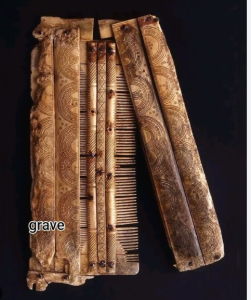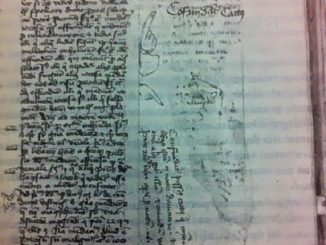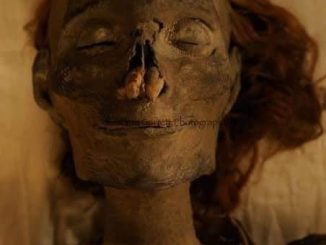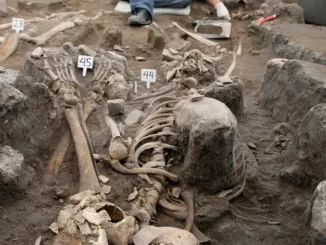Unearthing a Piece of Early Medieval Life
In the quiet, unassuming town of Fridingen, Germany, archaeologists have unearthed a remarkable artifact that offers a rare glimpse into the daily life and cultural practices of the early medieval period. This artifact, an elaborately decorated double-sided bone comb, was discovered in what is believed to be a warrior’s grave. Dating back to the early 7th century CE, this comb is not just a utilitarian object but a piece of art that reflects the sophistication and artistic sensibility of the time. Now housed at the Landesmuseum Württemberg, this comb stands as a testament to the era’s craftsmanship and the personal belongings of those who lived during it.
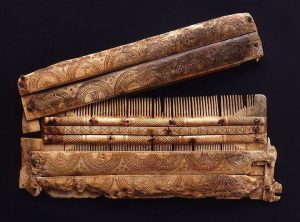
A Glimpse into the Past: The Bone Comb’s Significance
The discovery of this double-sided bone comb in a warrior’s grave sheds light on the importance of grooming and appearance in early medieval society. Beyond its practical use for untangling hair, the intricate decorations suggest that this comb was also a status symbol, possibly denoting the warrior’s rank or social standing. The craftsmanship involved in creating this piece, from carving the delicate tines to adding the elaborate designs, underscores the artisanal skills prevalent during this period.
Images of the comb reveal the precision and care taken in its creation. The decorations, which remain visible despite the passage of over a millennium, illustrate the high value early medieval society placed on personal adornment and the artistry of everyday objects.
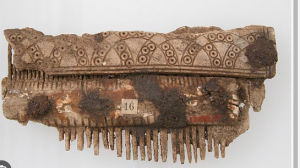
Preserving History: The Comb’s Journey to the Landesmuseum Württemberg
After its discovery in Fridingen, the bone comb underwent a meticulous conservation process to preserve its fragile structure and intricate details. The decision to keep the comb in a specially designed case speaks to the care taken to protect this delicate artifact from further deterioration. This protective measure has allowed the comb to be studied by scholars and enjoyed by the public, providing valuable insights into the material culture of early medieval Europe.
The Landesmuseum Württemberg, where the comb is now housed, plays a crucial role in preserving and interpreting such ancient artifacts. Through exhibitions and research, the museum facilitates a deeper understanding of the historical context in which these objects were used, offering visitors a tangible connection to the past.

Reflections on Ancient Discoveries
The discovery of the elaborately decorated bone comb in Fridingen is more than just an archaeological finding; it is a reminder of the richness of early medieval life and the universality of human expression through art and personal adornment. As we continue to uncover and study artifacts from the past, we gain not only knowledge of historical practices and societal norms but also a greater appreciation for the creativity and ingenuity of our ancestors.
Ancient discoveries like this comb challenge us to consider the complexity of historical societies and the value they placed on objects that combined functionality with beauty. In doing so, they enrich our understanding of the human experience across time and space.
In conclusion, the early medieval bone comb from Fridingen is a remarkable artifact that bridges the past and present, offering us a glimpse into the personal lives of those who lived over a thousand years ago. Its preservation and display at the Landesmuseum Württemberg allow us to appreciate the artistry and cultural significance of this piece, reminding us of the enduring nature of human creativity and the importance of preserving our shared heritage.
